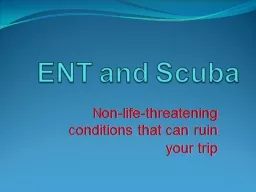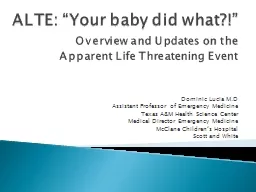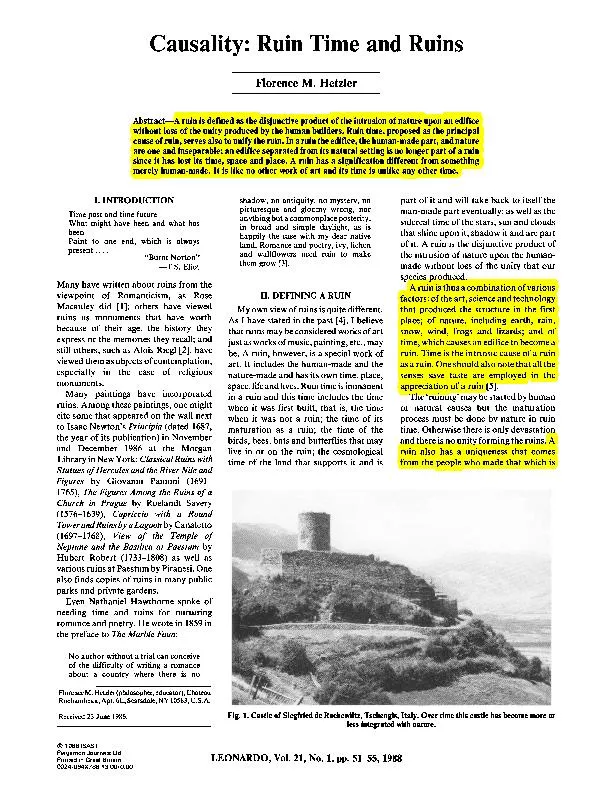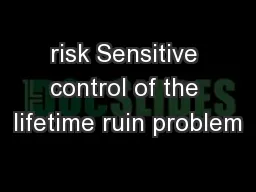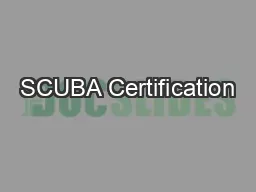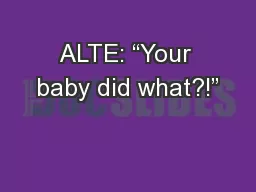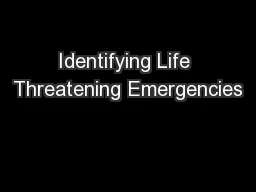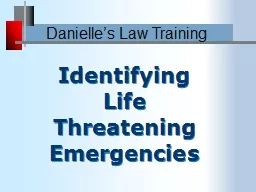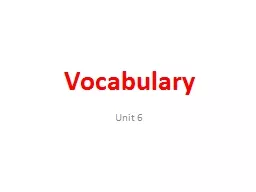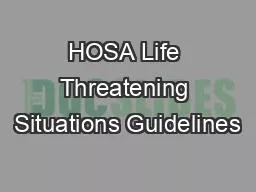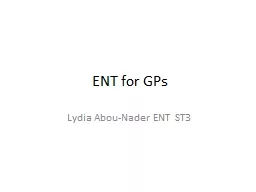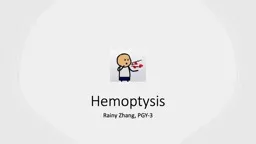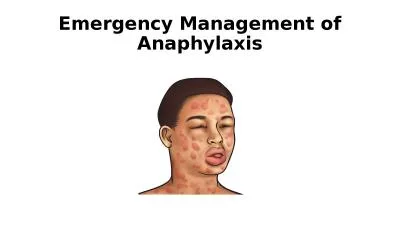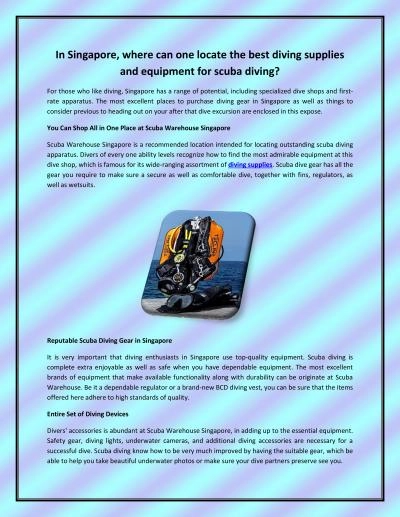PPT-ENT and Scuba Non-life-threatening conditions that can ruin your trip
Author : marina-yarberry | Published Date : 2018-03-09
Barotrauma Middle ear barotrauma Sequence of events in unequilibrated middle ear At 26 ft a differential of 60 mm Hg exists and may cause discomfort from bulging
Presentation Embed Code
Download Presentation
Download Presentation The PPT/PDF document "ENT and Scuba Non-life-threatening c..." is the property of its rightful owner. Permission is granted to download and print the materials on this website for personal, non-commercial use only, and to display it on your personal computer provided you do not modify the materials and that you retain all copyright notices contained in the materials. By downloading content from our website, you accept the terms of this agreement.
ENT and Scuba Non-life-threatening conditions that can ruin your trip: Transcript
Download Rules Of Document
"ENT and Scuba Non-life-threatening conditions that can ruin your trip"The content belongs to its owner. You may download and print it for personal use, without modification, and keep all copyright notices. By downloading, you agree to these terms.
Related Documents

